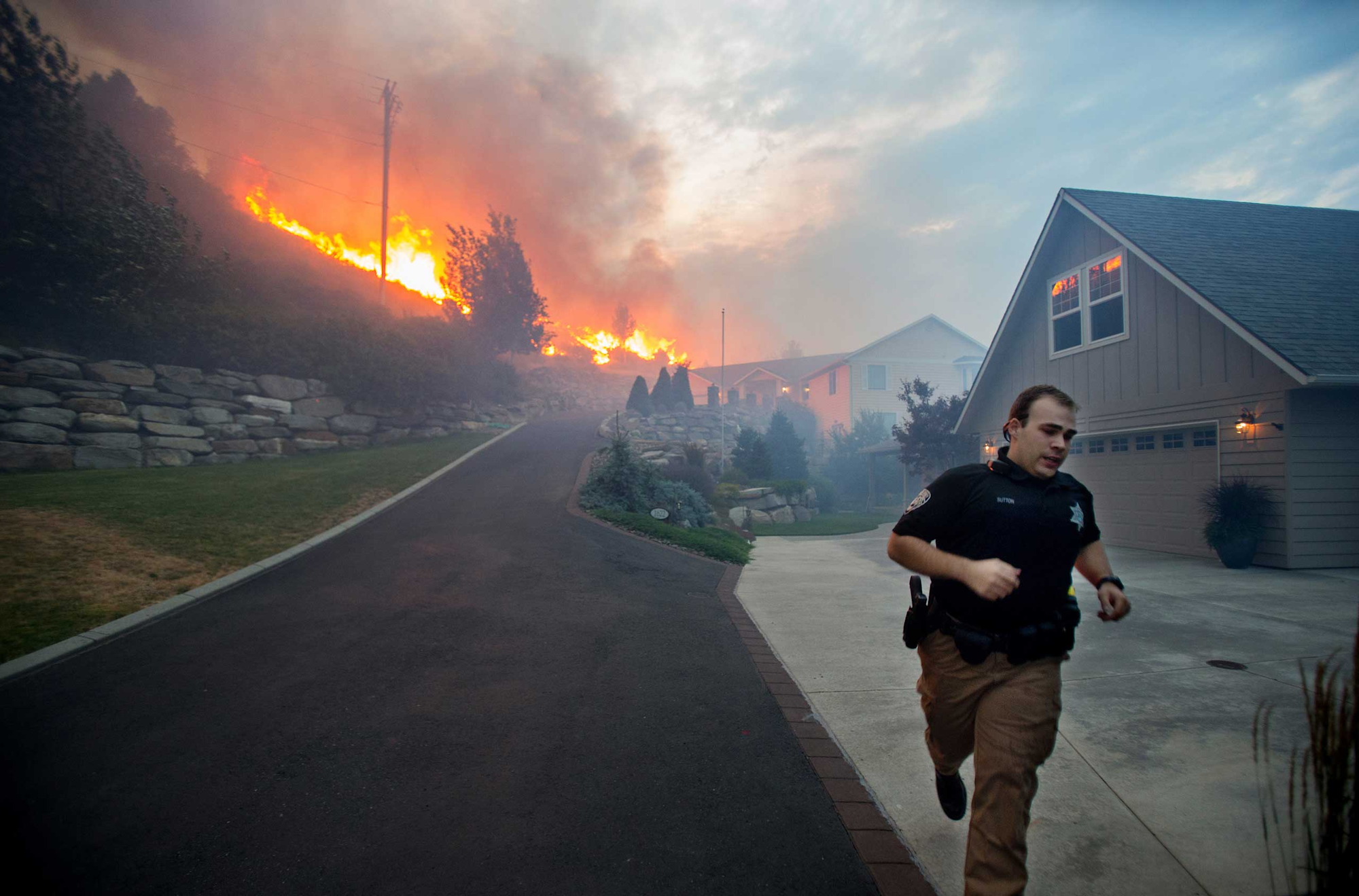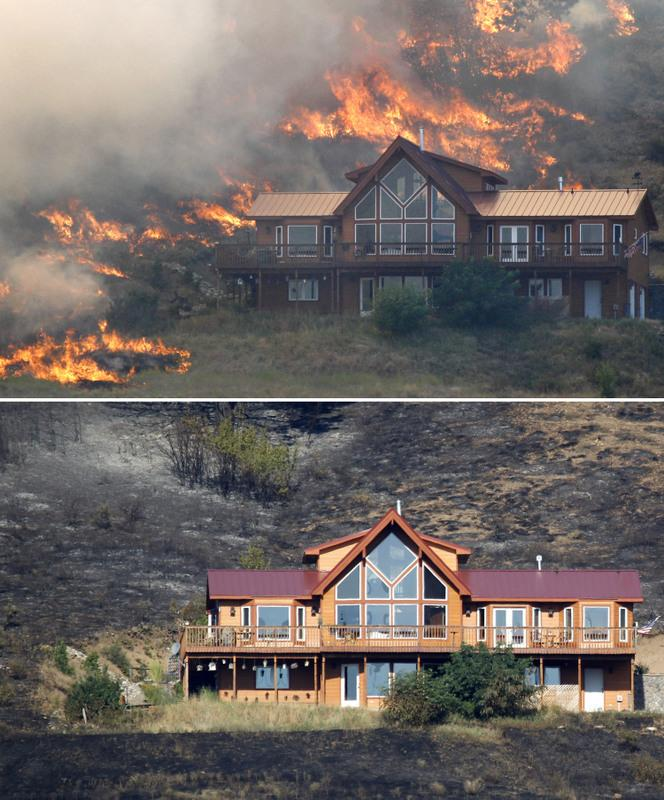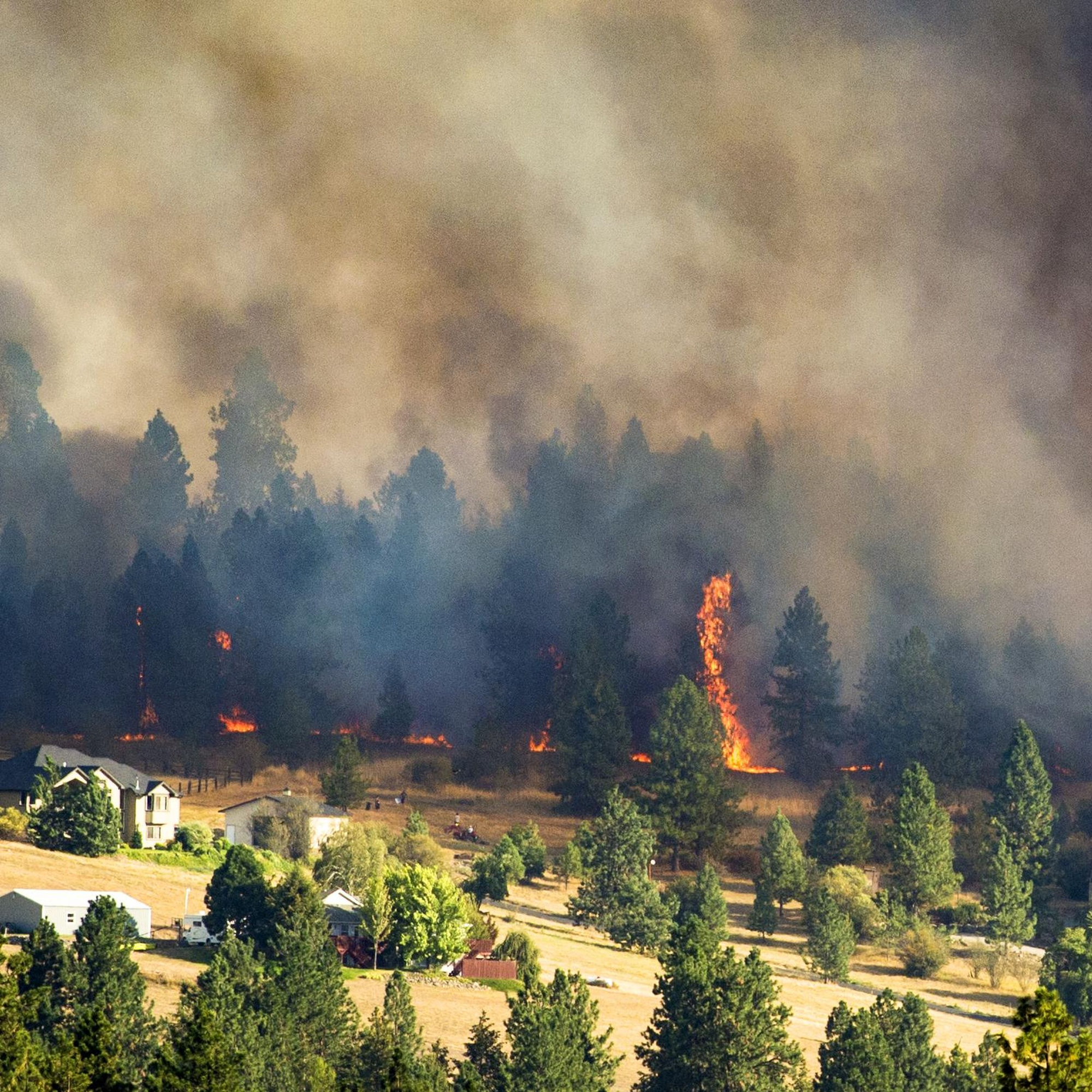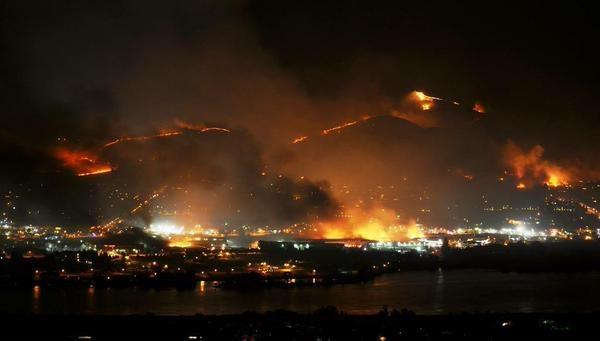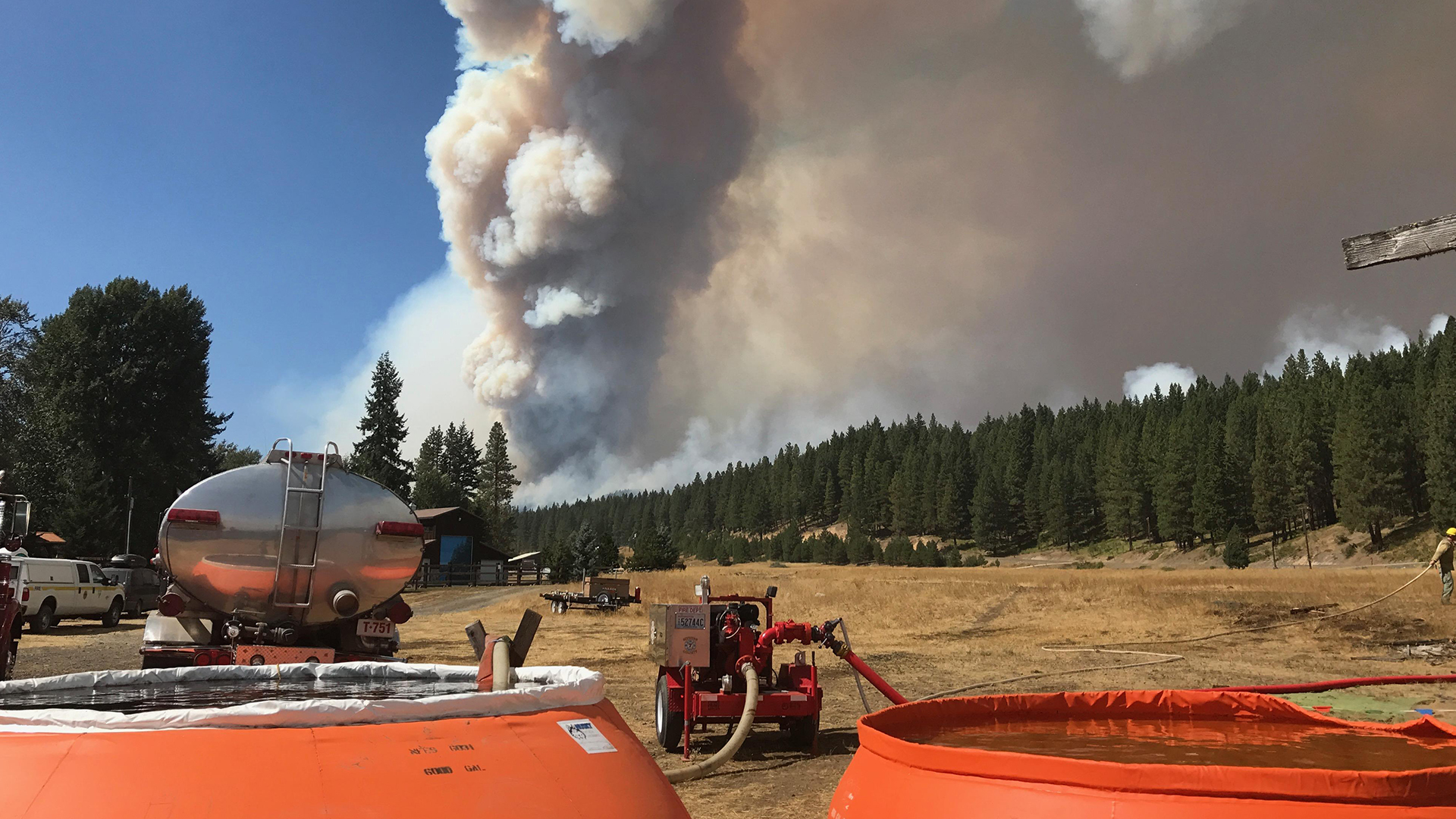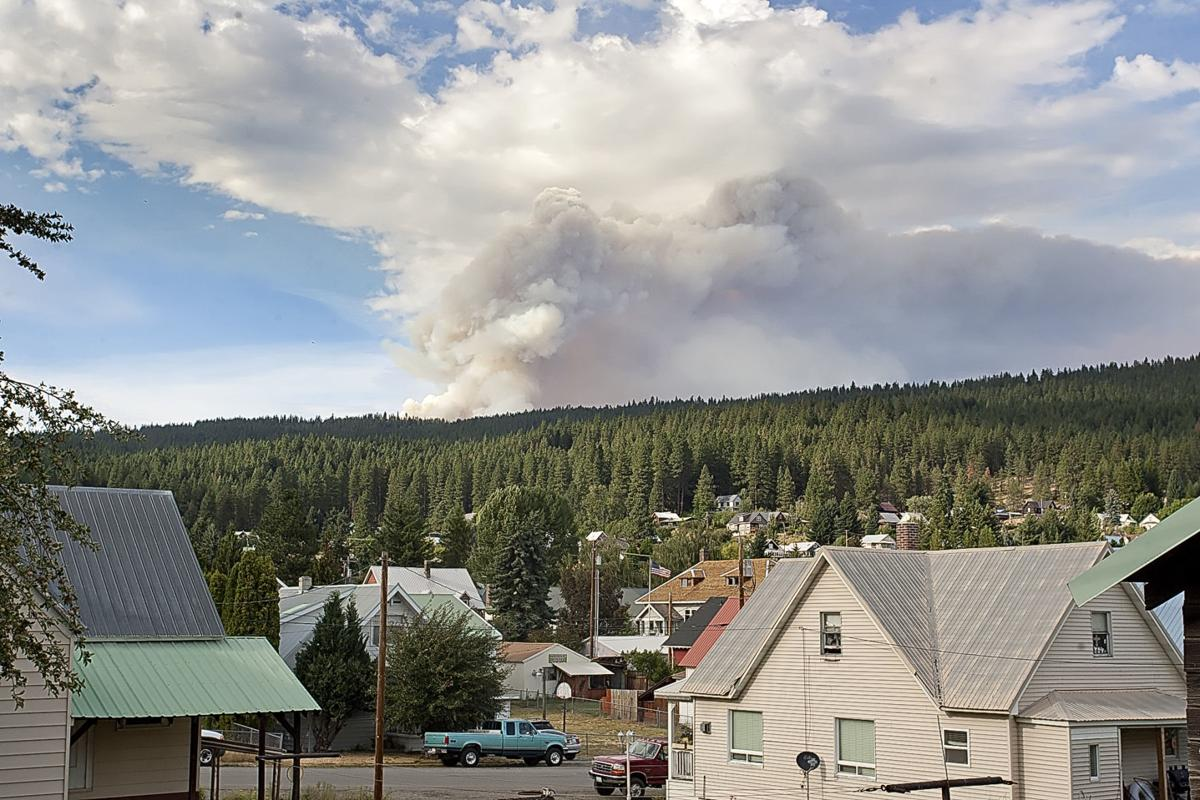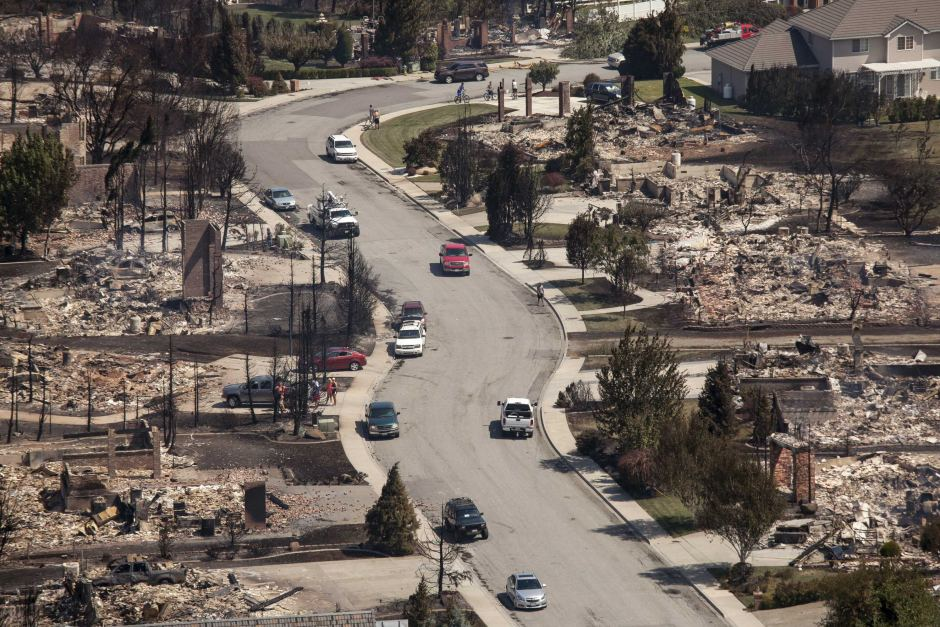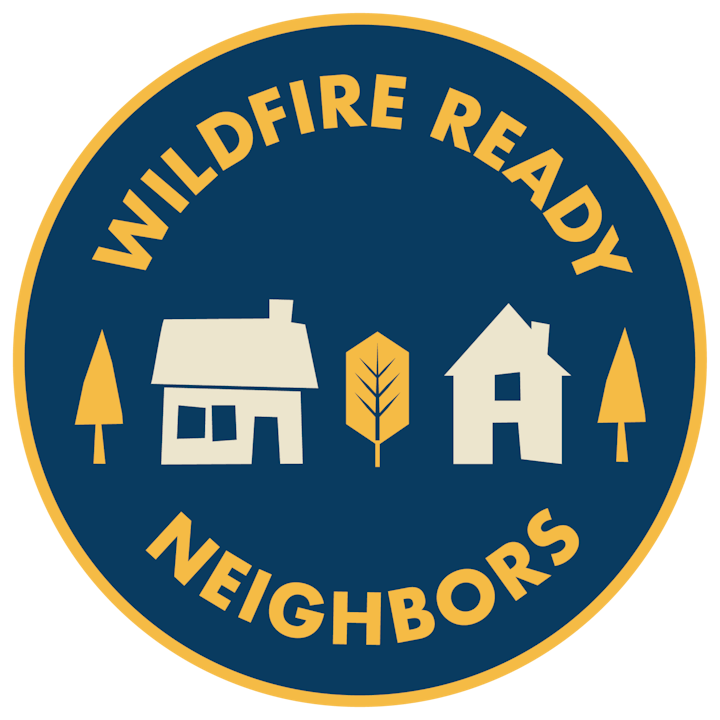Become Firewise Today
Forest Health Assistance for Small Forest Landowners
Overview
The landowner assistance cost-share and stewardship programs share the objective of helping small forest landowners. The cost-share program focuses on technical and financial assistance to implement forest treatments or write forest management plans for landowners, while the stewardship program focuses on education to help landowners develop their own forest management plans.
For a free consultation in Kittitas County, email sdavies@kcfd7.com or call at (509)-859-1724
Eligibility
Non-federal owners of forestland in eastern Washington, who own less than 5,000 forested acres in Washington state, are eligible to participate in the cost-share program.
How it works
- Complete the form to request a free consultation.
- A local forester will contact you at the number you provide to schedule a time for your consultation that works for you.
- The forester will visit your property, and assess it for insect infestation, disease and wildfire risk.
- You’ll receive written recommendations for how to make your forested property better prepared for wildfire.
- Fill out the Eastern Washington Landowner Assistance Program application to apply for cost-sharing.
- You’ll be notified how much of the work will be paid by DNR. Then you can get to work (or hire someone to do it) and feel more confident about your property’s ability to weather wildfire.
A Growing problem
Nearly 45 million homes abut or intermingle with wildlands and more than 72,000 U.S. communities are now at risk. But by working together residents can make their own property – and their neighborhood – much safer from wildfire. The more actions a community takes, the more fire adapted it becomes. Learn how you can make a difference in your community.
Kittitas County Fire District 7 takes every precaution to help protect you and your property from wildfire. However, the reality is that in a major wildfire, there will simply not be enough fire engines or firefighters to defend every home. This page gives you tips and tools to prepare you, your family, and your property.
Fire is, and always has been, a natural occurrence in the wildland. Our brush-covered hills, canyons, and forests burned periodically long before we built homes there. Wildfires, fueled by a build-up of dry vegetation and driven by seasonal hot, dry winds, are extremely dangerous and impossible to control. However, many residents have built their homes and landscaped without fully understanding the impact a fire could have on them, and few have adequately prepared their families for a quick evacuation.
It is not a question of “if” but “when” the next major wildfire will occur. That is why the most important person in protecting your life and property is not the firefighter, but you. Through advance planning and preparation, we can all be ready for wildfire. We hope you find the tips and tools on this page helpful in creating heightened awareness and a more fire-safe environment for you and your family.
Wildfire in Kittitas County
By Carolyn Berglund
Wildfire is natural for Kittitas County and has always been part of our landscape. We live in wildfire country – recognizing this is the first step in preparing for wildfire season.
First and most important, prepare yourself, your family, pets and animals in case you need to evacuate quickly. Have an evacuation plan and a kit ready in your vehicles. Wildfire can happen when you are away from home so set up a meeting place for family and a contact person out of the area. Ask a neighbor or two to be available to evacuate your pets and animals if you’re not home. Evacuate early. Waiting may reduce or eliminate your options for leaving.
Most homes that burn in a wildfire ignite because of wind-driven embers or small flames.
You can increase your homes chance of survival by creating a Lean, Clean and Green area in the Home Ignition Zone. Lean: few flammable objects or plantings. Clean: grounds tended, decks and roofs clean. Green: irrigated lawn or plantings close to the home, building or natural features you want to save from wildfire.
Start by looking at your home and the first five feet surrounding it. Remove pine needles, leaves and debris from the roof gables, gutters or deck. Keep furniture, rugs, plants and anything else that could burn at least 5 feet from the structure. Trim back trees and shrubs, and rake debris away from the foundation. Consider decks and attached wood fences to be part of the structure and eliminate as many flammables as possible.
In the space 5 – 30 feet from the home keep your lawn short, irrigate plantings and allow space between shrubs or trees. Consider plants that have low flammability. Thin trees so they are 10 – 15 feet between the crowns and trim off the lower branches. Depending on the tree and spacing, you will want 5 – 15 feet between the ground and the first round of branches. Remove shrubs and weeds from under trees – these are called ladder fuels. Ladder fuels allow small flames traveling close to the ground to “climb” shrubs and go into the crowns of trees. Thinning and trimming helps keep trees, shrubs and forests healthy and a healthy forest or landscape is less likely to burn catastrophically.
30 – 100 feet from the home (or up to 200 feet if you are on a slope), keep the grasses trimmed and the trees pruned up. Groups of trees are okay if there is plenty of space between groups.
Consider creating a Firewise Community USA or join Kittitas County Fire Adapted Communities Coalition. Reach out to your neighbors to share tools and resources and build enthusiasm.
